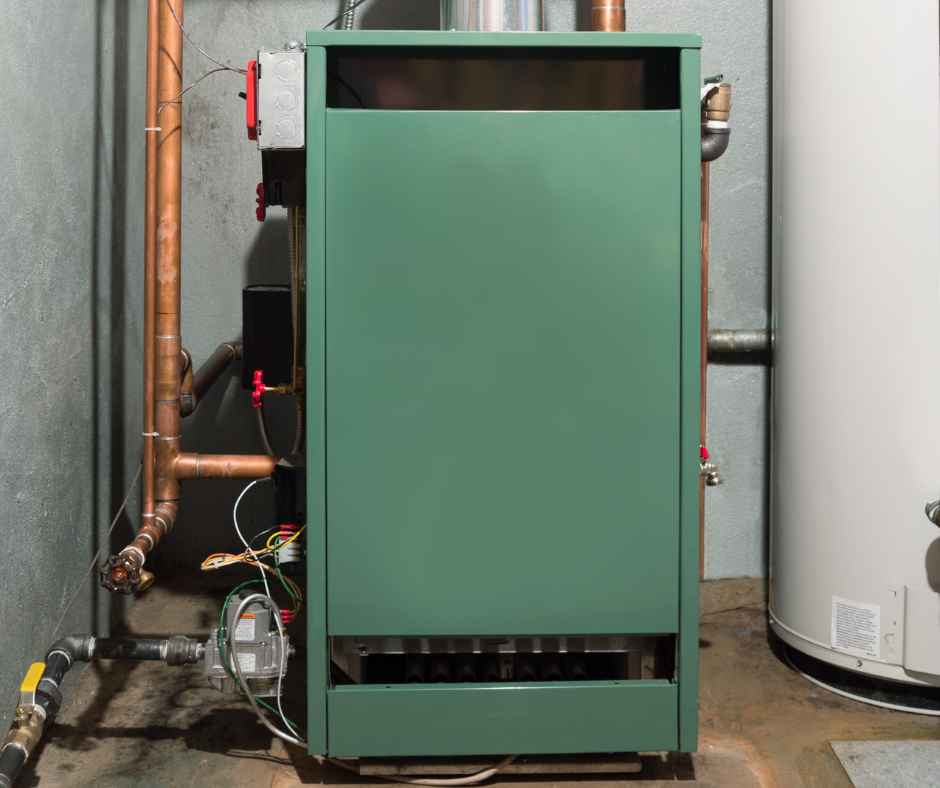Closed: Sun for God + Family time
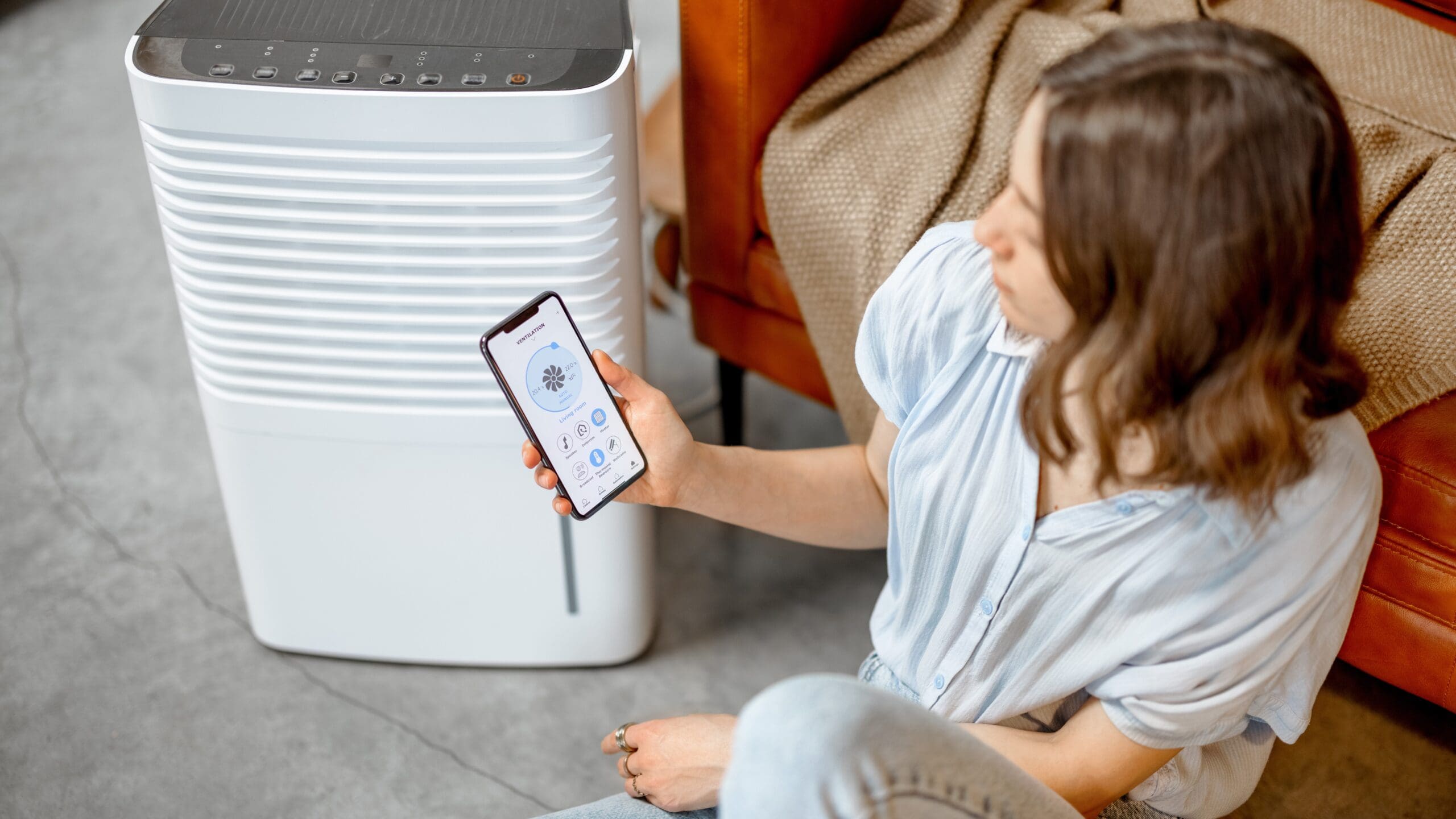
Enhancing Air Quality in Your Home: A Transformational Guide
Unveiling the Secrets to Transforming Your Home’s Air Quality
Importance of indoor air quality
The air we breathe plays a crucial role in our overall well-being, and this includes the air we encounter within the confines of our homes. Indoor air quality has a significant impact on our health, comfort, and productivity. Unfortunately, many homes suffer from poor air quality, which can result in a range of respiratory issues, allergies, and other health problems.
Impact of poor air quality on health
Exposure to indoor pollutants can lead to a variety of health issues, ranging from minor irritations to more severe conditions. Common symptoms of poor indoor air quality include coughing, sneezing, eye and throat irritation, fatigue, and headaches. Prolonged exposure to pollutants may contribute to the development or worsening of respiratory diseases, allergies, asthma, and even more serious complications in vulnerable individuals.
Fortunately, there are numerous steps we can take to enhance the air quality within our homes and create a healthier living environment for ourselves and our loved ones. This article aims to provide practical and actionable advice on how to improve air quality in your home. By implementing these strategies, you can reduce the presence of harmful pollutants, minimize allergens, control humidity levels, enhance ventilation, and make informed choices about household products and materials.
Identify and Eliminate Pollutants
Common sources of indoor pollutants
Indoor pollutants can originate from various sources within our homes. Understanding these sources is crucial for effectively identifying and eliminating them. Some common sources include:
Volatile organic compounds (VOCs): VOCs are chemicals emitted as gases from various products, including paints, solvents, cleaning agents, and furniture. Prolonged exposure to VOCs can lead to respiratory irritation and long-term health effects.
Allergens: Dust mites, pet dander, pollen, and other allergens can accumulate in our homes, triggering allergic reactions and exacerbating respiratory conditions. These allergens often reside in carpets, upholstery, bedding, and pet-accessible areas.
Tobacco smoke and outdoor pollutants: Smoking indoors releases harmful chemicals, including secondhand smoke, which can linger and negatively impact air quality. Outdoor pollutants, such as vehicle emissions or industrial pollutants, can also infiltrate indoor spaces.
Strategies to minimize pollutants
To improve air quality, it is crucial to minimize the presence of pollutants. Consider implementing the following strategies:
Proper ventilation and air circulation: Ensure good airflow throughout your home by opening windows and using fans. This helps dilute and remove indoor pollutants, improving overall air quality.
Regular cleaning and dusting: Regularly clean and vacuum your home to minimize the accumulation of dust, pet dander, and other allergens. Use a vacuum cleaner equipped with a HEPA (high-efficiency particulate air) filter for better removal of fine particles.
Use of air purifiers and filters: Air purifiers equipped with HEPA filters can effectively capture and remove airborne particles, including allergens and pollutants. Additionally, consider using high-quality furnace filters that can trap smaller particles and improve the air circulated through your HVAC system.
Reduction of chemical usage and exposure: Opt for environmentally friendly cleaning products and avoid using aerosol sprays or harsh chemicals. Whenever possible, choose products labeled as low in VOCs. Be mindful of personal care products and opt for natural alternatives that are free from harmful chemicals.
By targeting the sources of pollutants and employing these strategies, you can significantly reduce their presence in your home and improve the overall air quality.
Control Humidity Levels
Importance of maintaining optimal humidity
Maintaining appropriate humidity levels is vital for both comfort and air quality in your home. High or low humidity can contribute to various issues and impact your health and the condition of your living space.
Problems associated with excessive humidity
Excessive humidity creates a favorable environment for the growth of mold, mildew, and dust mites. These allergens can trigger respiratory problems, allergies, and asthma attacks. Additionally, high humidity can lead to musty odors, condensation on windows and walls, and damage to wood furniture and structures.
Problems associated with low humidity
Conversely, low humidity can cause its own set of problems. Dry air can lead to respiratory discomfort, dry skin, irritated sinuses, and increased susceptibility to respiratory infections. It can also cause static electricity, damage wooden furniture, and even lead to cracks in walls and flooring.
Strategies to control humidity
To control humidity levels effectively, consider the following strategies:
Use of dehumidifiers in humid areas: Dehumidifiers help remove excess moisture from the air, particularly in basements, bathrooms, and other areas prone to high humidity. Aim to maintain indoor humidity levels between 30% and 50%.
Proper ventilation in high-moisture spaces: Ensure proper ventilation in areas with high moisture, such as bathrooms and kitchens. Use exhaust fans or open windows while cooking or taking showers to expel humid air.
Use of humidifiers in dry environments: In regions with low humidity or during dry seasons, humidifiers can add moisture to the air. This helps alleviate respiratory discomfort and prevents damage to furniture and structures. Use humidifiers with built-in humidity controls to maintain optimal levels.
By controlling humidity levels, you can create a more comfortable and healthier indoor environment. Regularly monitor and adjust humidity levels based on the needs of each space in your home. Finding the right balance is key to improving air quality and overall well-being.
Enhance Ventilation
The role of proper ventilation in improving air quality
Proper ventilation is crucial for maintaining good indoor air quality. It involves the exchange of stale indoor air with fresh outdoor air, reducing the concentration of pollutants and improving overall air circulation.
Importance of fresh air exchange
Fresh air exchange is essential for diluting indoor pollutants, including VOCs, allergens, and other contaminants. It helps remove stagnant air and replenishes oxygen levels, promoting a healthier and more comfortable living environment.
Strategies for effective ventilation
To enhance ventilation and improve air quality in your home, consider implementing the following strategies:
Opening windows and doors: Open windows and doors whenever possible to allow fresh air to enter and circulate throughout your home. This is especially beneficial during periods of pleasant weather or when outdoor air quality is better than indoor air quality.
Utilizing exhaust fans in kitchens and bathrooms: Install and use exhaust fans in your kitchen and bathrooms to remove moisture, odors, and pollutants directly from these areas. Make sure to clean and maintain these fans regularly to ensure optimal performance.
Installing energy-efficient ventilation systems: Consider installing energy-efficient mechanical ventilation systems, such as whole-house ventilation systems or heat recovery ventilators (HRVs). These systems bring in fresh outdoor air while efficiently removing stale indoor air, recovering heat or cooling energy in the process.
By incorporating these ventilation strategies, you can improve the quality of the air in your home, reduce the concentration of pollutants, and enhance overall comfort. Remember to strike a balance between energy efficiency and ventilation effectiveness to achieve optimal air quality.
Be Mindful of Household Products and Materials
Harmful chemicals present in common household products
Many household products and materials contain harmful chemicals that can negatively impact indoor air quality. Being aware of these chemicals is essential for making informed choices to minimize their presence in your home. Some common culprits include:
Cleaning supplies: Many conventional cleaning products contain harsh chemicals, such as ammonia, chlorine, and volatile organic compounds (VOCs), which can contribute to indoor air pollution and respiratory irritation.
Personal care products: Certain personal care products, such as perfumes, hair sprays, and aerosol deodorants, may contain synthetic fragrances and other chemicals that can release harmful VOCs into the air.
Building materials and furniture: Some building materials, paints, carpets, and furniture can emit VOCs, such as formaldehyde, which can lead to respiratory issues and other health problems.
Safer alternatives to consider
To improve air quality and reduce exposure to harmful chemicals, consider the following alternatives:
Environmentally friendly cleaning products: Opt for cleaning products labeled as environmentally friendly, non-toxic, or biodegradable. Look for products with safer ingredients and fewer harsh chemicals. Alternatively, you can make your own cleaning solutions using natural ingredients like vinegar, baking soda, and lemon juice.
Natural personal care products: Choose personal care products that are free from synthetic fragrances and harsh chemicals. Look for labels indicating natural or organic ingredients and avoid products with ingredients like phthalates, parabens, and sulfates.
Low VOC-emitting materials: When purchasing building materials, paints, carpets, and furniture, opt for low VOC-emitting options. Look for products labeled as low or zero VOC, or those certified by reputable eco-labeling programs. These products release fewer harmful chemicals into the air, contributing to better indoor air quality.
By being mindful of the household products and materials you bring into your home, you can significantly reduce the presence of harmful chemicals and improve the overall air quality. Choose greener alternatives and prioritize products that prioritize health and sustainability.
Maintain HVAC Systems
Importance of regular maintenance
Proper maintenance of your heating, ventilation, and air conditioning (HVAC) systems is crucial for maintaining good air quality. Neglected HVAC systems can harbor dust, mold, and other contaminants, which can then be circulated throughout your home, compromising the air you breathe.
Steps to maintain HVAC systems
To ensure your HVAC system operates efficiently and contributes to better air quality, consider the following steps:
Regularly replace air filters: Dirty or clogged air filters restrict airflow and can trap pollutants, reducing the system’s efficiency and air quality. Follow the manufacturer’s recommendations and replace air filters at regular intervals, typically every three months or as needed.
Schedule professional inspections and cleanings: Arrange for professional HVAC inspections and cleanings at least once a year. A qualified technician can identify and address any issues, clean components, and ensure optimal system performance.
Seal ductwork to prevent leaks: Leaky ductwork can contribute to the circulation of dust, allergens, and contaminants throughout your home. Seal any gaps or leaks in the ductwork to prevent the entry of pollutants and improve air distribution.
Ensure proper ventilation and airflow: Ensure that vents and registers are unobstructed by furniture or other objects. This allows for proper air circulation and ventilation. Additionally, consider using fans or ceiling fans to promote airflow within your home.
By consistently maintaining your HVAC system, you can prevent the buildup and circulation of pollutants, improve air quality, and enhance the overall performance and efficiency of your system. Regular inspections and proactive measures are key to ensuring your HVAC system contributes positively to the air you breathe.
Incorporate Indoor Plants
Benefits of indoor plants for air quality
Indoor plants not only add beauty and natural elements to your home but can also play a significant role in improving air quality. They have the ability to absorb certain pollutants and release oxygen, enhancing the overall freshness of the air.
Plants that improve indoor air quality
Consider incorporating the following plants known for their air-purifying properties:
Snake Plant (Sansevieria): Known for its ability to remove toxins like formaldehyde and benzene from the air, the snake plant is a low-maintenance option that thrives in various lighting conditions.
Spider Plant (Chlorophytum comosum): This plant is effective at removing harmful chemicals like formaldehyde and xylene. It’s easy to care for and produces offshoots that can be propagated into new plants.
Peace Lily (Spathiphyllum): The peace lily is known for its ability to remove common indoor air pollutants such as formaldehyde, benzene, and trichloroethylene. It also adds a touch of elegance to your indoor space.
Aloe Vera (Aloe barbadensis): In addition to its many health benefits, aloe vera helps to remove formaldehyde from the air. It requires minimal care and thrives in bright, indirect sunlight.
Tips for incorporating indoor plants effectively
To maximize the air-purifying benefits of indoor plants, keep the following tips in mind:
Choose plants suitable for indoor conditions: Consider factors such as lighting, humidity, and temperature to select plants that will thrive in your specific indoor environment.
Place plants strategically: Position plants in areas where you spend the most time, such as living rooms or bedrooms. Cluster plants together to create a microclimate that enhances their air-purifying effects.
Proper care and maintenance: Follow care instructions specific to each plant to ensure their health and longevity. Water plants appropriately and provide adequate sunlight or artificial light as needed.
Rotate plants periodically: Rotate plants between indoor and outdoor environments, if possible, to expose them to fresh air and promote their overall health.
By incorporating indoor plants with air-purifying qualities, you can enhance air quality and create a visually appealing and healthier indoor environment for you and your family.
Remember to choose plants that are non-toxic to pets if you have animals in your home, and be mindful of any allergies or sensitivities to plant pollen or fragrances.
Recent News
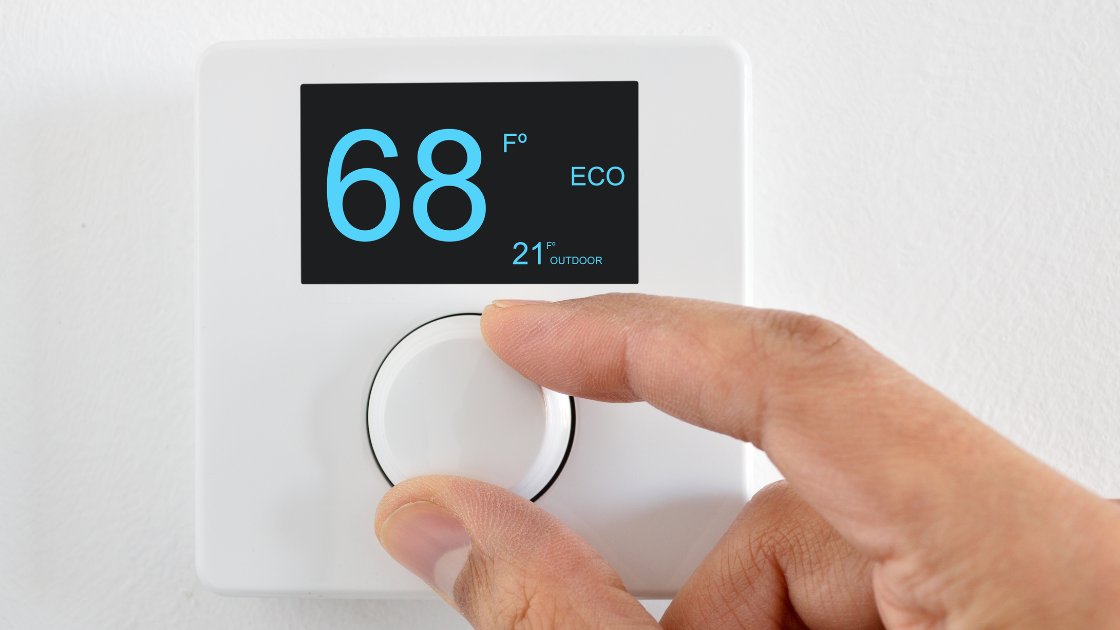
Help! My Heater Won’t Turn Off
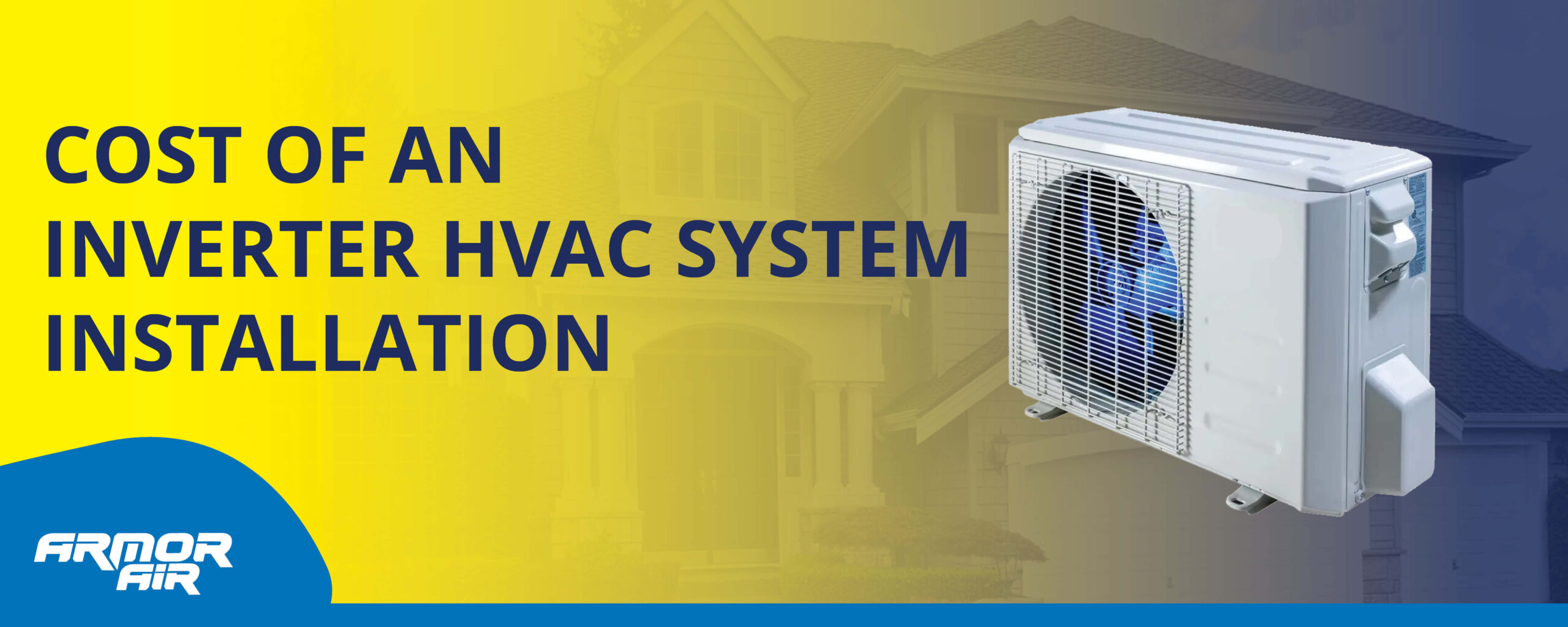
How Much Does an Inverter HVAC System Installation Cost (2025)
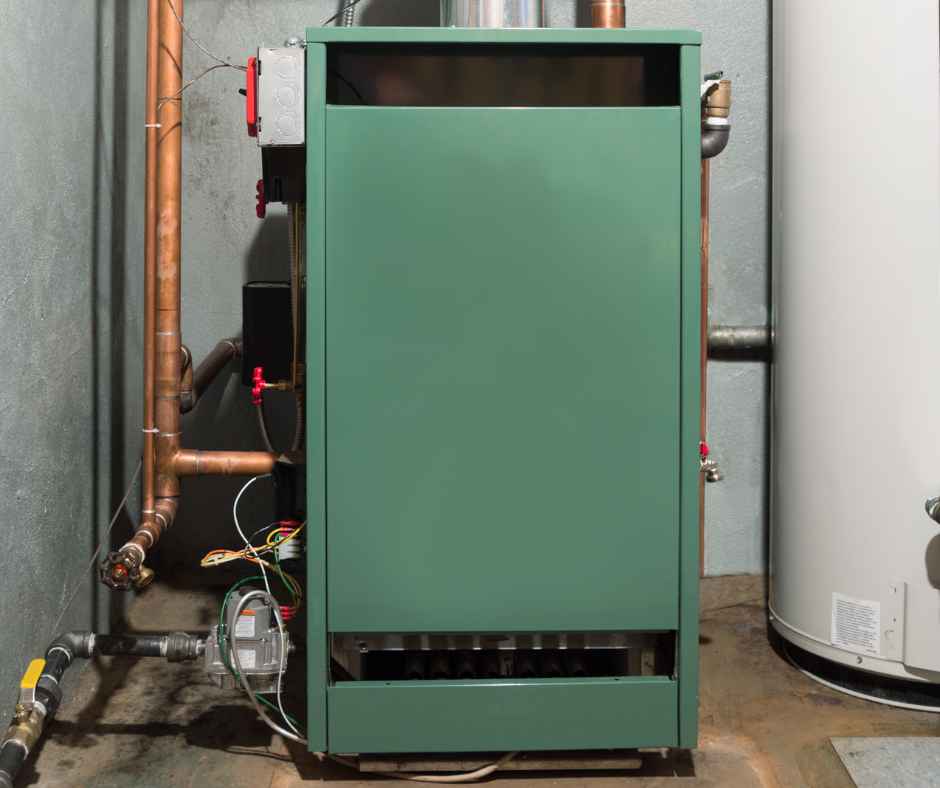
Why Does My Furnace Smell Like It’s Burning?
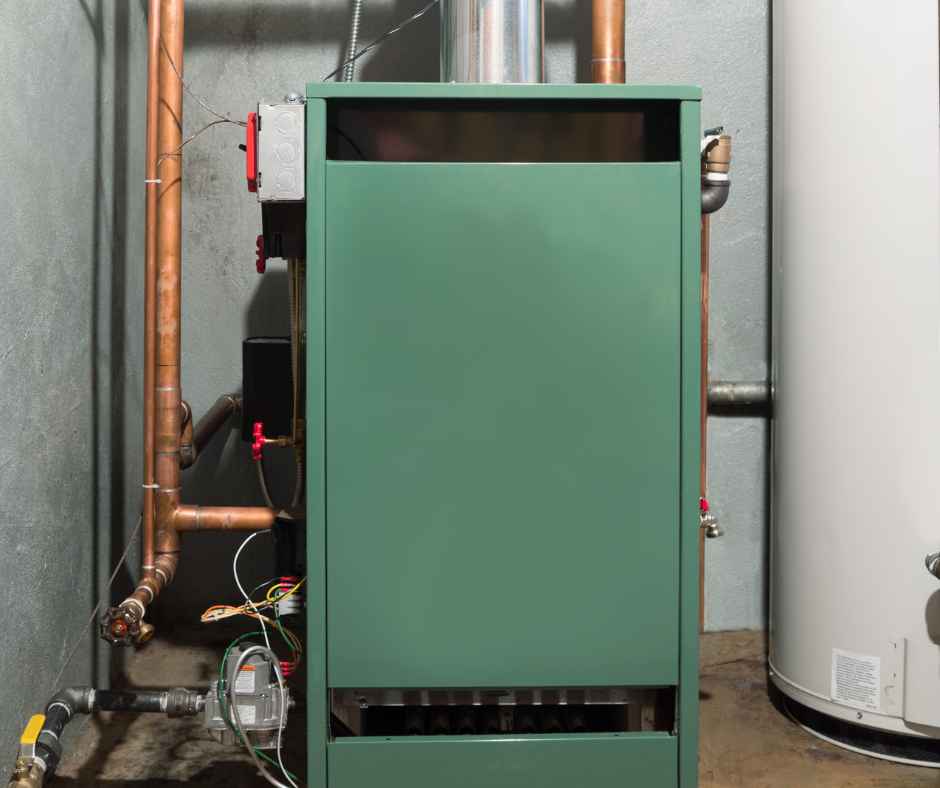
Why Won’t My Heat Turn On?
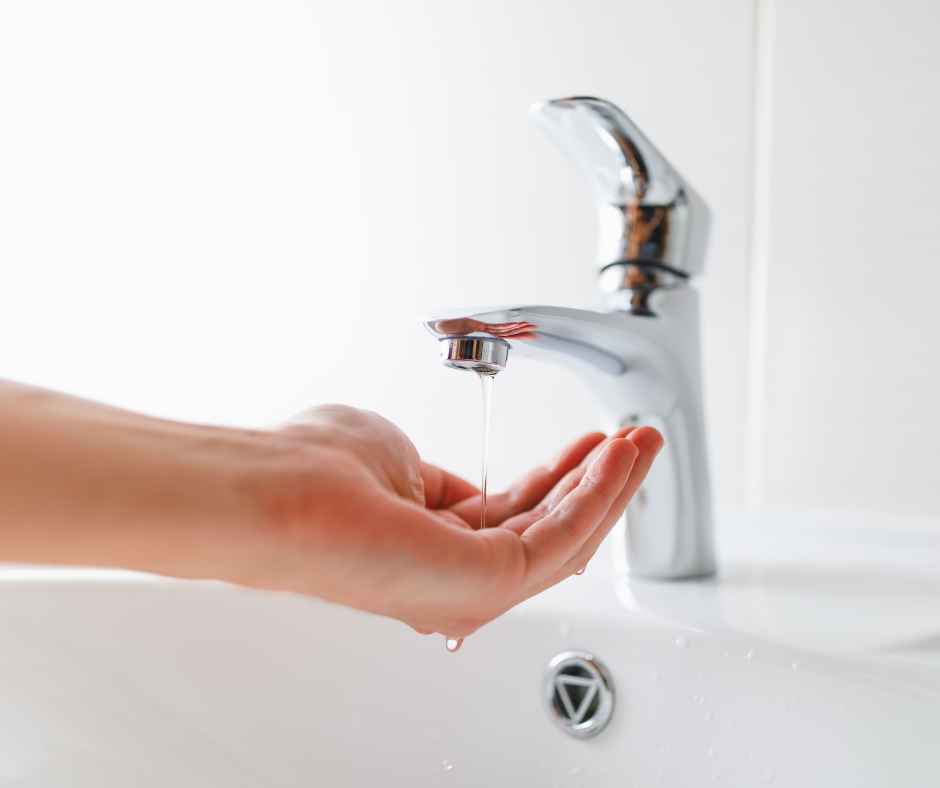
Why is the Water Pressure Low in My House?

Why a Tankless Water Heater Might Be the Best Investment for Your Indianapolis Home?
